Interview by ELISABETTA PORCINAI — Photos by ULRIKE BIETS
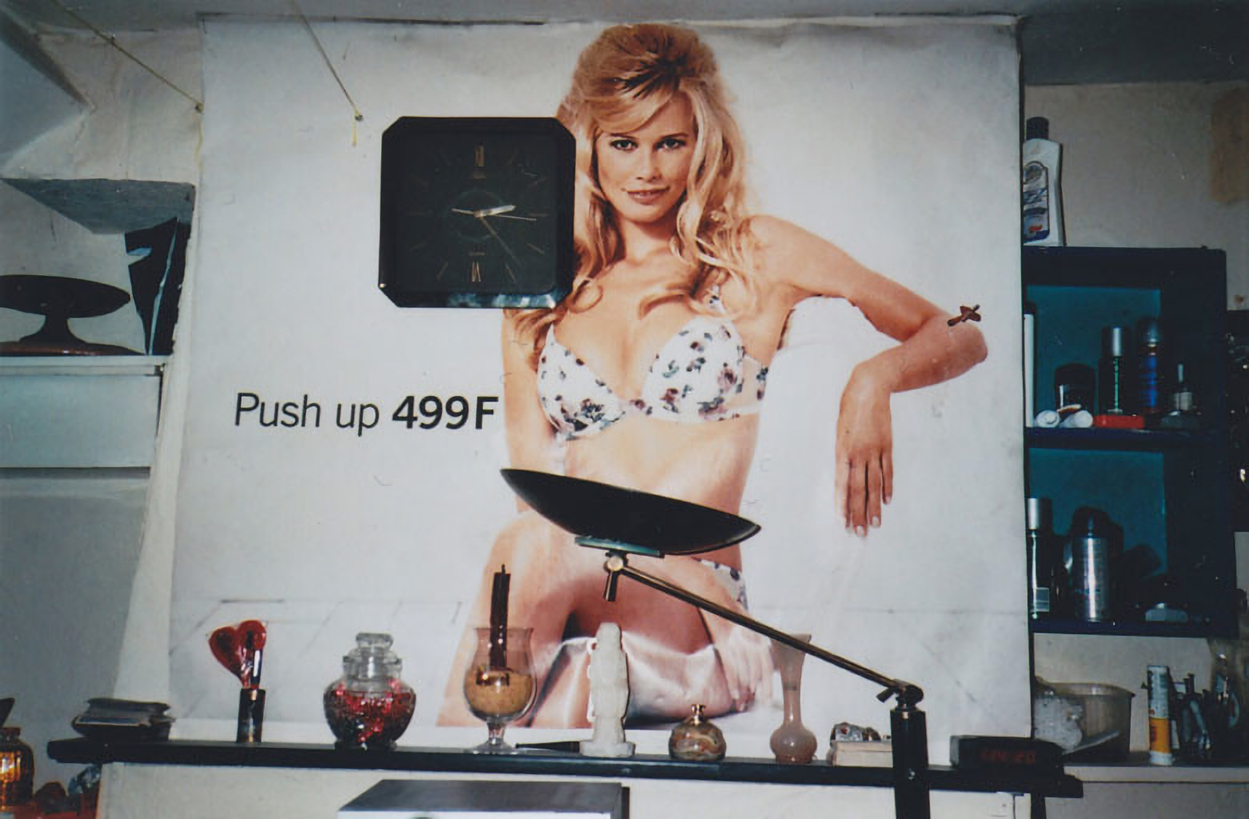
Up-and-Coming Style goes to Brussels to meet Ulrike Biets under the shade of a tree, for a chat about her work, but not only that… Photographer and alert life-observer, Ulrike talks about breaking the rules in order to give images their full power, striving for truthful and anti-spectacular photography. Her raw images and deep hues reflect her life and world, where inspiration springs from all sorts of subjects, from a timeless love for animals to an amusing passion for kitsch and retro horror movies.
ELISABETTA P. — When did you start taking pictures? But particularly, what got you into the world of photography?
ULRIKE B. — I can’t recall exactly how many years ago I started. I’ve been doing photography professionally for roughly five years now, and I really enjoy doing it as a job, although I started taking pictures way before that – it has always been my passion. I remember that my family gave me a camera as a present for my birthday when I was a child, and I started taking photos from a really early age.
Later on, when I went to University, I was undecided whether to get into photography or philosophy.
I ended up choosing philosophy and I graduated four years later, but I was always taking more and more pictures, for magazines and websites, until I got to the point where I started wandering: ‘What have I studied philosophy for…?’
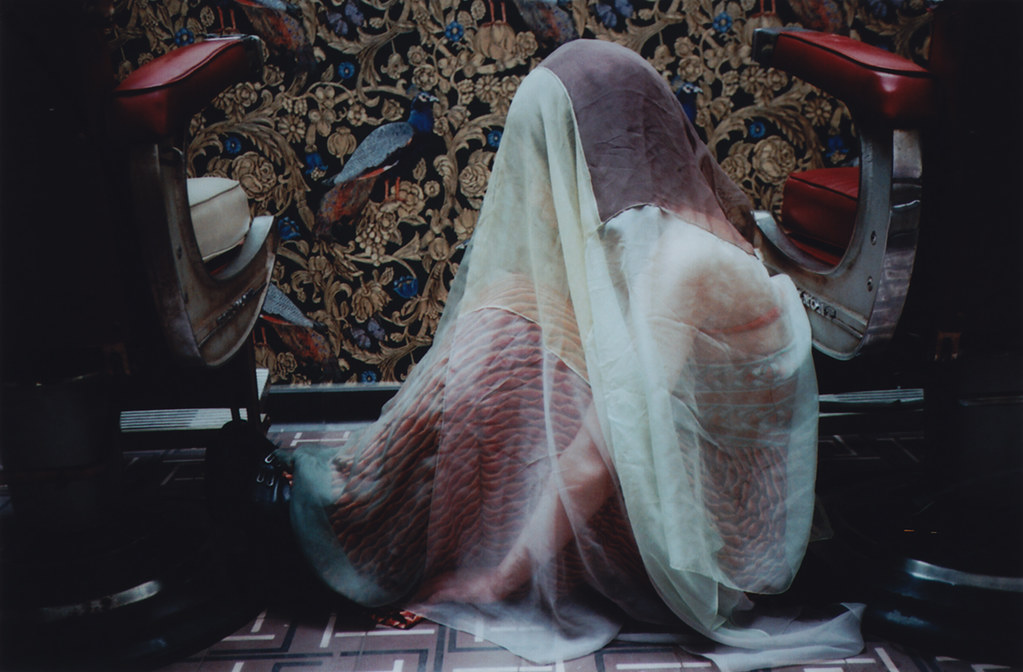
ELISABETTA P. — Are there any photographers or artists who have influenced or inspired you in any way?
ULRIKE B. — Well… this is a question I don’t really like, [laughs]! There are so many names coming up in my mind, and if I mention one, I’m sure I’d leave out others. Generally speaking, I like people who break with tradition. I’m certainly most inspired by people who set breaking points. It is so easy to adapt and follow a pre-existing situation, but you really need guts to break and detach from the rest of the crowd.
ELISABETTA P. — The fact that you studied philosophy is really interesting; do you feel it has given you an in-depth view on the subjects of your photography? Would you say that it influences you, even indirectly, in the way you see or perceive things around you?
ULRIKE B. — I think it’s quite the opposite to be honest: for four years I always had to think thoroughly about everything and to question everything so, in the end, I got so tired of it that photography was almost a reaction, just to put a stop to all that over-thinking in my head! Photography was a real liberation for me, I’ve really re-educated myself: all I was doing was reading and writing and photography was almost a way to ‘switch off’.
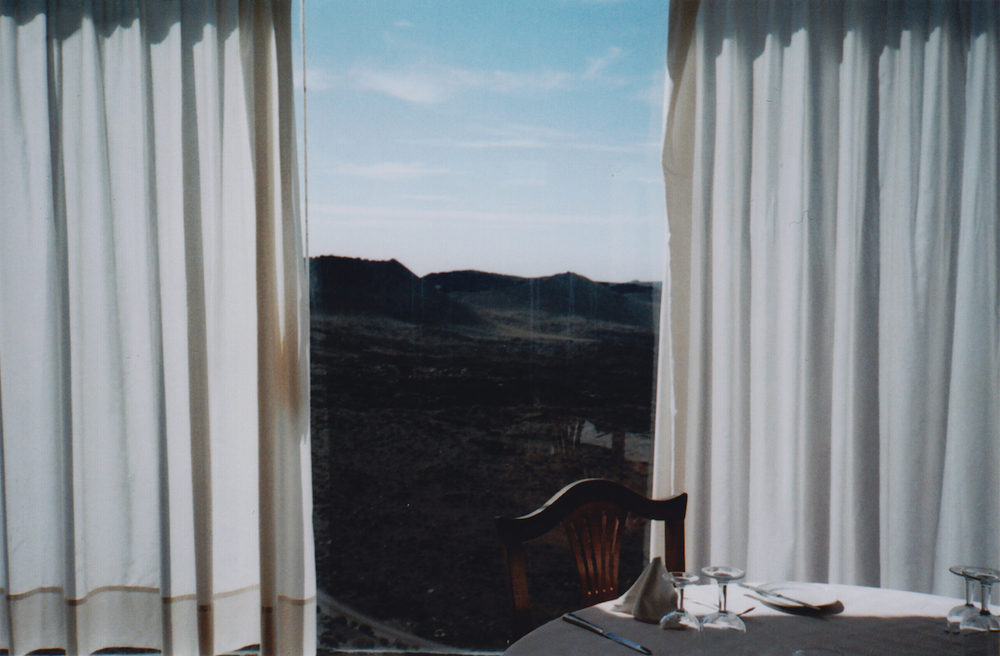
ELISABETTA P. — Let’s take a closer look at your work: we can notice some distinguishing aesthetic features characterising your images, such as the dark hues, the desaturated colours and slightly haunting atmosphere; all features that give a peculiar depth and strength to your photographs. What lies behind this stylistic choice?
ULRIKE B. — Well, that’s a bit of a tricky question to answer, I must say. I think it’s mostly my way of being, seeing and living life that comes through my images. I don’t want to say that I have a really ‘dark’ or obscure personality, because, in fact, I’m quite the opposite. But I want to be realistic and truthful, and reality in my opinion is far from being beautiful and ‘happy’. Yes, my photography represents what I am in life: I’m not negative or dark…, it’s difficult to explain. I take photographs instinctively, I don’t think about it, I just do it.
ELISABETTA P. — It might be a forced interpretation, but we have found some similarities with Flemish paintings in your photographs, in terms of colour and composition. Your use of black, for instance, it’s almost used as a ‘blending’ element in your images, as if they were oil paintings. Is it a coincidence or do you believe the visual culture and art of your country has shaped your image-making process?
ULRIKE B. — Well, I’m very flattered by you comparing me to Flemish painters, I’ve never thought about it, really. I think that, subconsciously, everyone gets influenced by their own environment. I was born in the 80’s, and when I was a child I used to visit a lot of museums and galleries with my parents and admired lots of paintings and photography. My mother, by the way, was a photographer herself. Anyhow, I’ve been exposed to art from all over the world, therefore it’s difficult to understand whether a particular kind of art has influenced me or not.
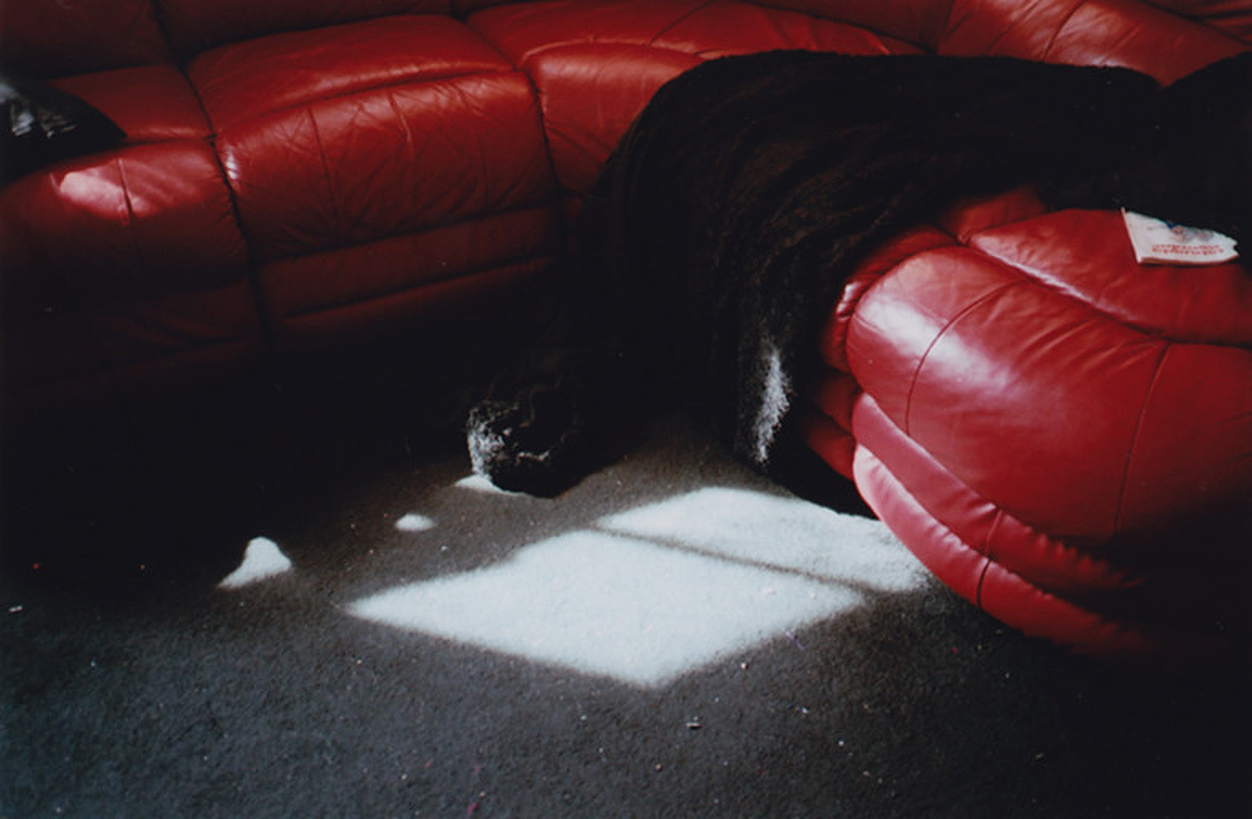
ELISABETTA P. — Do you have any other source of inspiration besides photography?
ULRIKE B. — Everything can be an inspiration. I really love movies. I watch lots for some reason, I’ve always been fascinated by horror movies. I know it may sound weird, but I don’t usually get scared by them, so I’m always looking for a movie that will make me really scared and stop me sleeping at night.
ELISABETTA P. — Maybe you are somehow fascinated by the particular mechanisms used in making horror films…
ULRIKE B. — Yes, that’s surely true; but also by the fact that they normally contain a lot of kitsch, especially B-movies, the older horror films. I love them! I like the colours in those old movies too, I guess they really inspire me. I must add fashions from all eras have always greatly influenced me, too.
ELISABETTA P. — Would you say you have any obsessions?
ULRIKE B. — Maybe animals: I really love animals and photographing them. Animals really move me: they’re perfect models, so real and never fake. Colours are also one of my ‘obsessions’, that’s why I never do black and white photography. I see everything in colours and so my photography is full of colours. I don’t see or ‘feel’ in black and white. Maybe if I wanted to create another world, a fictitious one, I would do so in Black & White, but I photograph in colour, reflecting the way I see things.
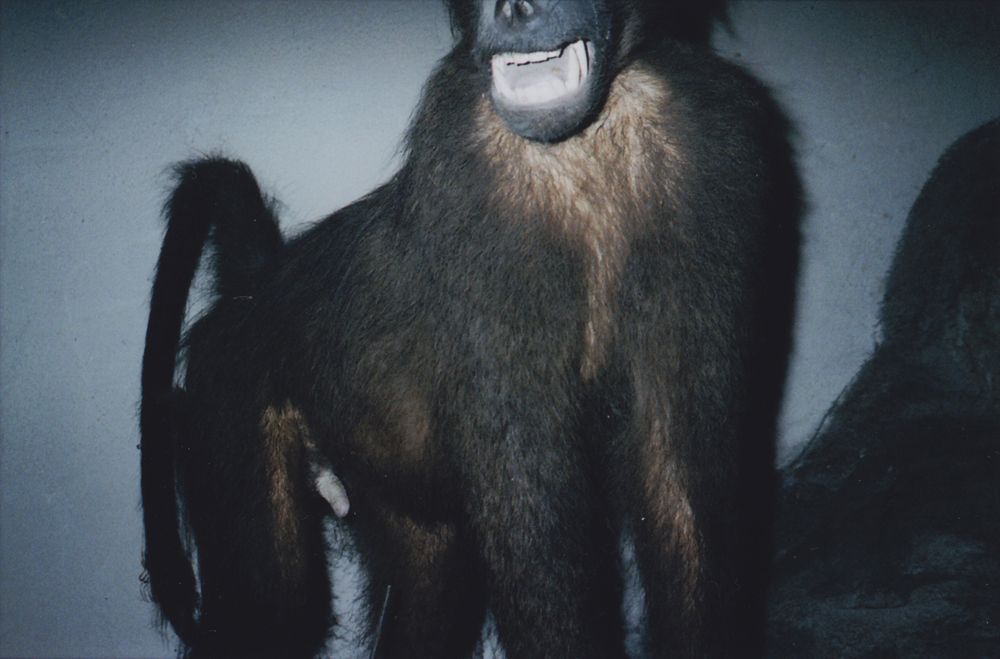
ELISABETTA P. — But colours can be manipulated: B&W photography from the 50’s and the 70’s, for instance, does not reveal dramatic differences, whereas colours can vary greatly across time and styles…
ULRIKE B. — Yes, I agree. B&W photography can only be ‘adjusted’ on a scale of grey tones, whereas colour manipulation can leave room to almost endless possibilities. However, personally, I don’t manipulate my work that much, as I work almost exclusively on film, so, once my photos are printed the way I want them I tend to leave them as they are.
ELISABETTA P. — How would you describe your working method, particularly in a fashion photography context? Do you set up your own set? Do your photo-shoots have a precise idea behind them, or do you just leave everything to happen as it comes?
ULRIKE B. — When I decide to take on a fashion editorial, I usually take on all the production because I tend to be a bit of a ‘control-freak’. Even with styling, I’m not the type who can completely delegate everything to stylists: I make mood-boards, I give directions, hoping everyone understands exactly what image I’m trying to create. Sometimes, instead, I might as well take a couple of girlfriends and just do a shooting one afternoon with a bag of clothes… Or even no clothes at all!
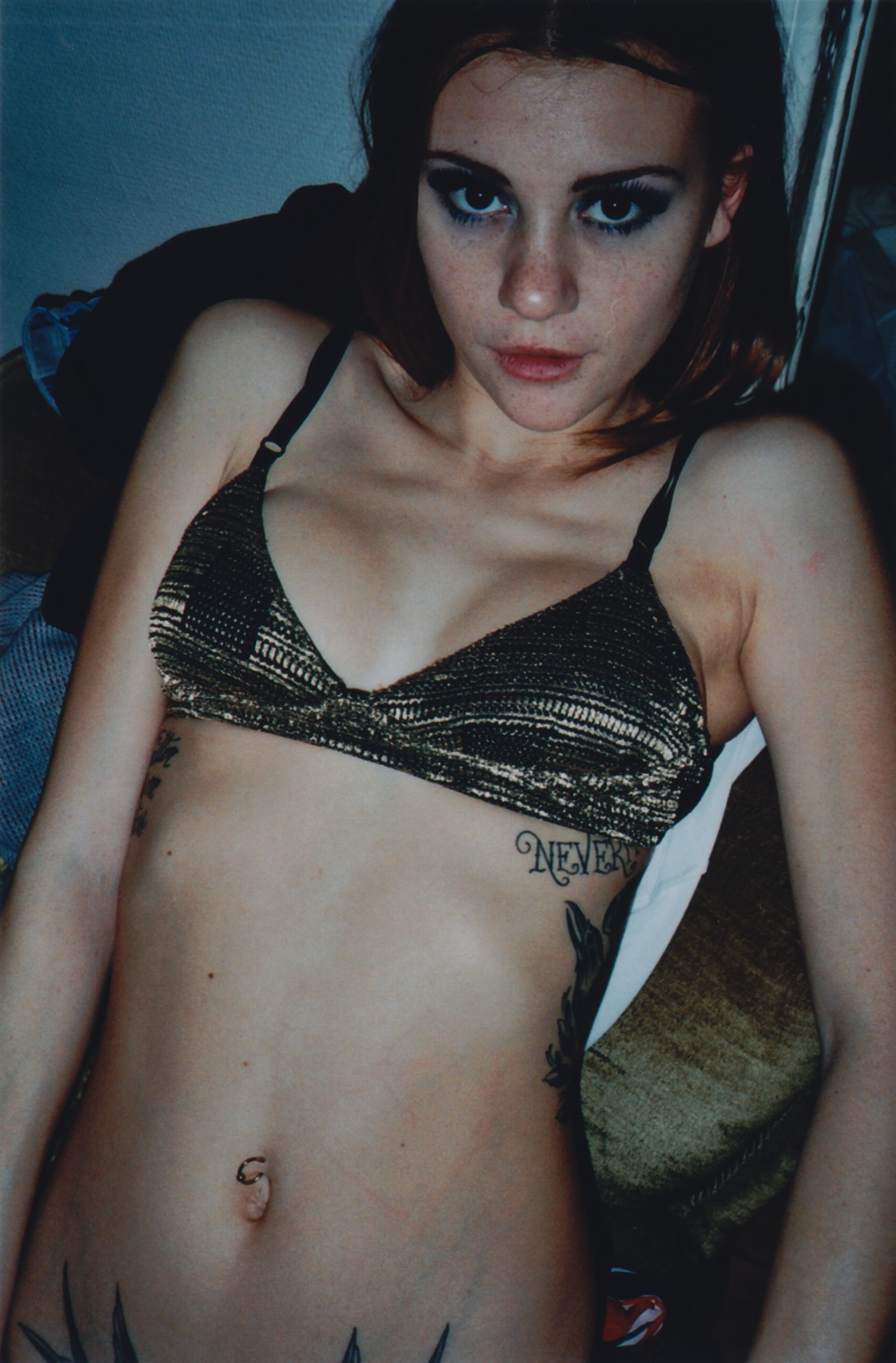
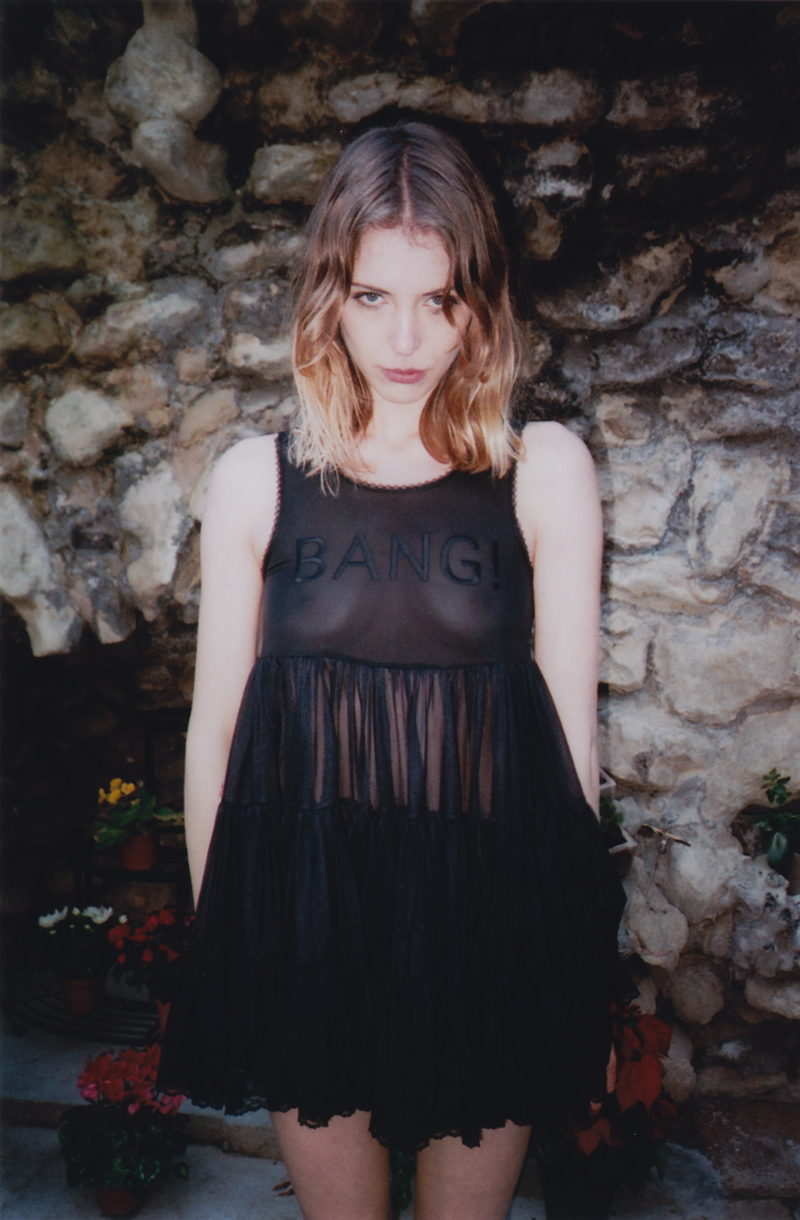
ELISABETTA P. — What role do people play in your photos? You portray a variety of subjects, from animals to empty spaces. But the people featured in your images have an extremely strong presence: they are not just mannequins or people seen from afar: they are real characters. This becomes particularly interesting in a fashion context, where ghostly models normally appear as flawless, reassuring and ‘beautiful’, whereas yours are powerful visually and anything but perfect. Why is that?
ULRIKE B. — It’s not that I want to be ‘anti-fashion’, but I just think it’s more interesting, both for me and visually, to take fashion and transform it into something new.
It’s so easy to just go with the flow… I think it’s really intriguing to play with different elements and to prove that a different world of fashion is possible. Let’s turn it upside-down and show how ‘perfect’ doesn’t always mean beautiful. I personally think imperfection is far more interesting and attractive; it gives so much more character! It’s weird: fashion is so much about personality and about how clothes can make you different from the rest of the world, but still most designers and brands have a more commercial vision; which isn’t challenging at all, although I’m aware it’s also all about money and product sale.
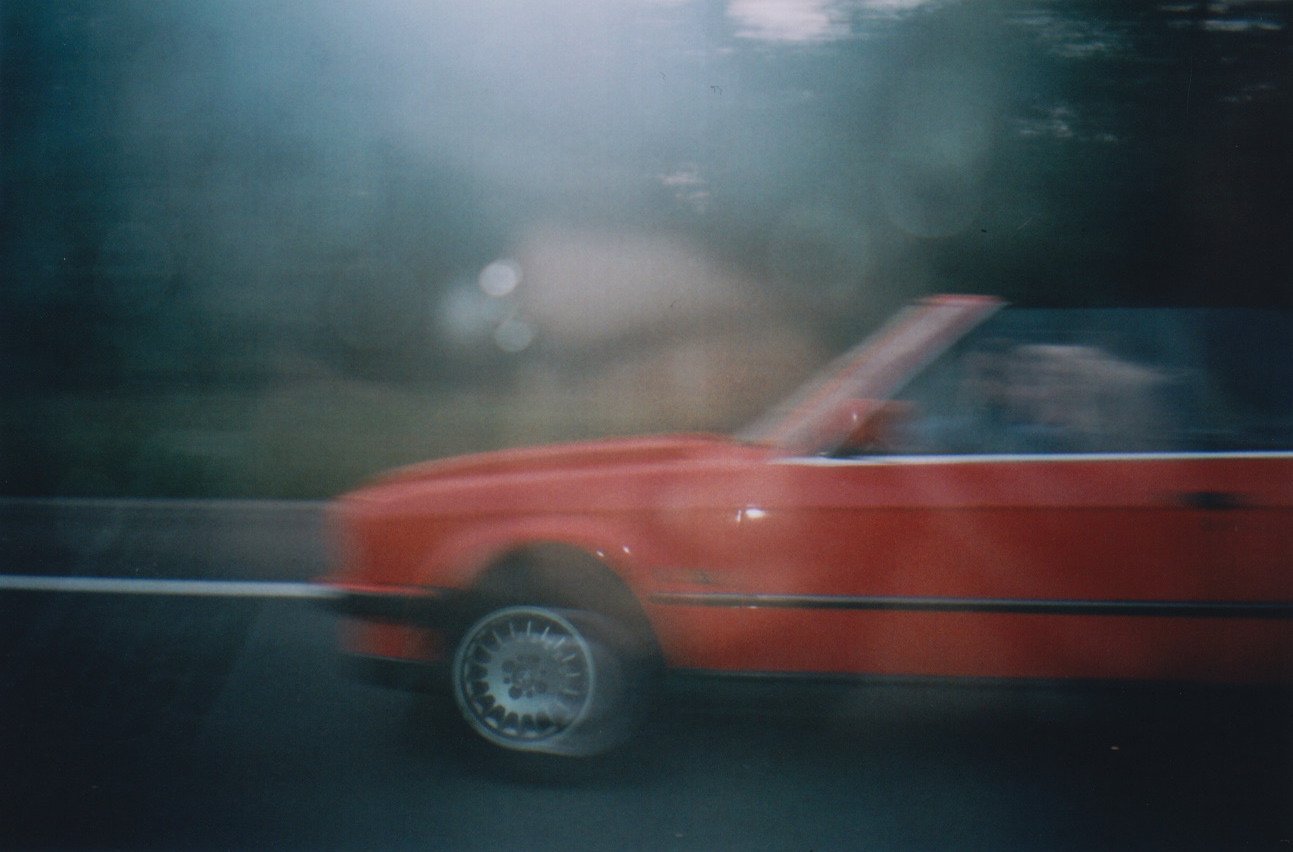
ELISABETTA P. — Form or Content, which one gets priority?
ULRIKE B. — I’d say Form. I think that content doesn’t have to be special or spectacular. Sometimes people call me a documentary photographer but, in my opinion, I’m anything but that. Sometimes I take photos of something which people really don’t find interesting, but I make it interesting because I take a photo of it. Anyhow, what’s more important than the subject is the way you photograph it. Sometimes there is something really amazing happening, but I prefer photographing something that isn’t amazing, but rendering it outstanding to the eyes of everyone.
ELISABETTA P. — Tell us a bit more about your work: what would you say has been your major achievement so far? Is there some project you are particularly proud of?
ULRIKE B. — There are lots of things I’m happy with, like people I’ve met and worked with. I was really pleasantly surprised when PogoBooks wanted to do a book on my work. However, I’m just happy I can take the photos I want to take; that’s what’s extremely important – that’s my goal in life: I want to be able to do whatever I want to do. Never compromising isn’t easy, but as long as I can survive without doing so, I’m happy!
ulrikebiets.com
instagram.com/ulrikebiets
November 2013